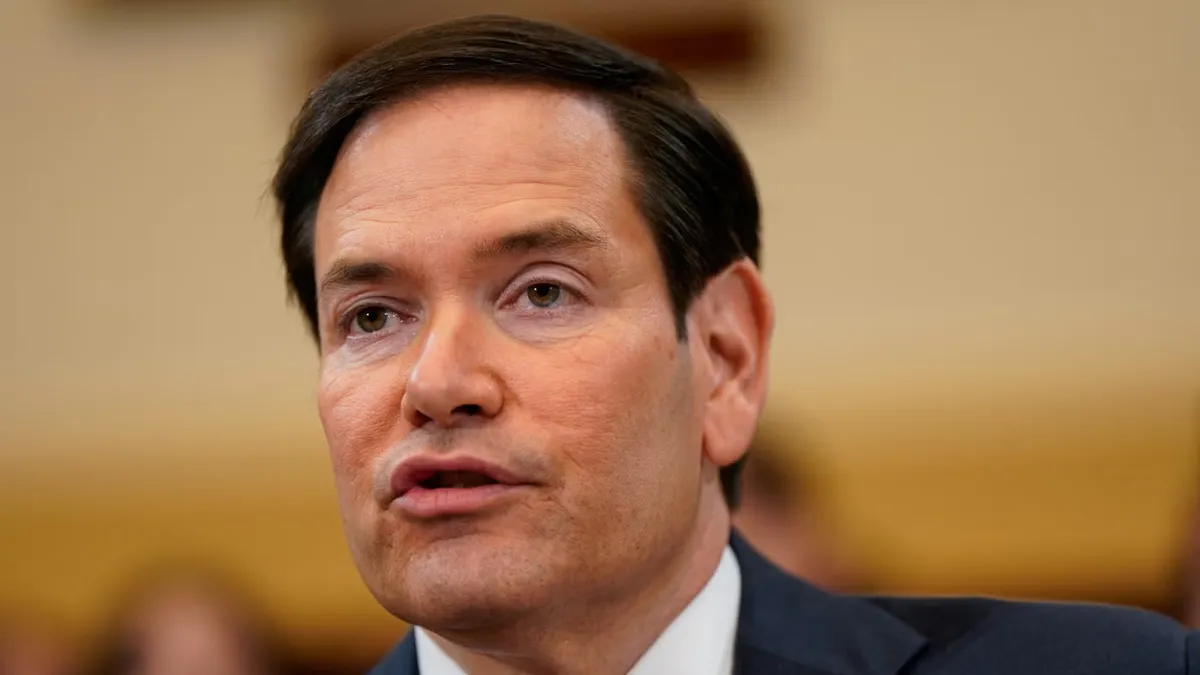The rising inflation rate is putting the US Federal Reserve under pressure. The economy is booming, but the labor market continues to weaken. But now the central bank is indicating an end to the extremely loose monetary policy.
In view of the recovery of the US economy from the corona crisis, the US Federal Reserve (Fed) has announced a possible reduction in its billion-dollar asset purchases.
The central bank will examine the program at its “upcoming meetings” with a view to further economic developments, the Fed said on Wednesday. At the same time, the central bank tried to allay fears of a rising inflation rate. The key interest rate will remain in the low range of 0.0 to 0.25 percent in order to support the economy and the labor market.
Central bank chief Jerome Powell admitted that the inflation rate had recently risen sharply and will probably still be above the Fed’s target of around two percent “in the coming months”. The price increase was due to “temporary factors” of the recovery after the corona crisis and will subside again, said Powell. Compared to the same month last year, consumer prices rose by around 5.4 percent in June. That was the highest rate since August 2008.
The inflation rate will fall again in the medium term, Powell predicted. If inflation were to be above the target of two percent on average in the longer term, the Fed would use its “tools” to guarantee price stability, Powell said. To curb inflation, the central bank could, for example, raise the key interest rate and thus dampen the economy.
The US economy will grow faster this year than it has seen in decades, Powell said. In part, the growth is simply a catch-up effect after the economic slump last year. The gross domestic product (GDP) of the world’s largest economy is estimated to grow by around 7 percent this year. Further progress would have to be made in the labor market in order to achieve the Fed’s goal of full employment, stressed Powell. At 5.9 percent, the unemployment rate is still significantly higher than before the corona pandemic. At the beginning of 2020 the rate was 3.5 percent, the lowest level in decades.
With regard to the further purchase of securities, Powell assured that the central bank would inform all market participants in advance of the further steps. The members of the central bank council had at their regular meeting discussed how the program could be adjusted, including the “amount and composition” of the purchases, said Powell. But there is still no decision. The prerequisite for throttling the program is that the US economy has made “significant progress”. So far, according to the Fed, the economy has only made “progress”. The central bank is therefore still ready to support the economy “with the full range of instruments” to recover from the crisis.
The Fed buys around $ 80 billion in government bonds and $ 40 billion worth of mortgage-backed securities a month. The program decided last year because of the corona crisis is intended to improve the liquidity of the financial markets and facilitate the provision of loans for households and companies. If the Fed should actually roll back the program in the coming months, it would be the first major departure from extremely loose monetary policy since the Corona crisis.
Jane Stock is a technology author, who has written for 24 Hours World. She writes about the latest in technology news and trends, and is always on the lookout for new and innovative ways to improve his audience’s experience.




